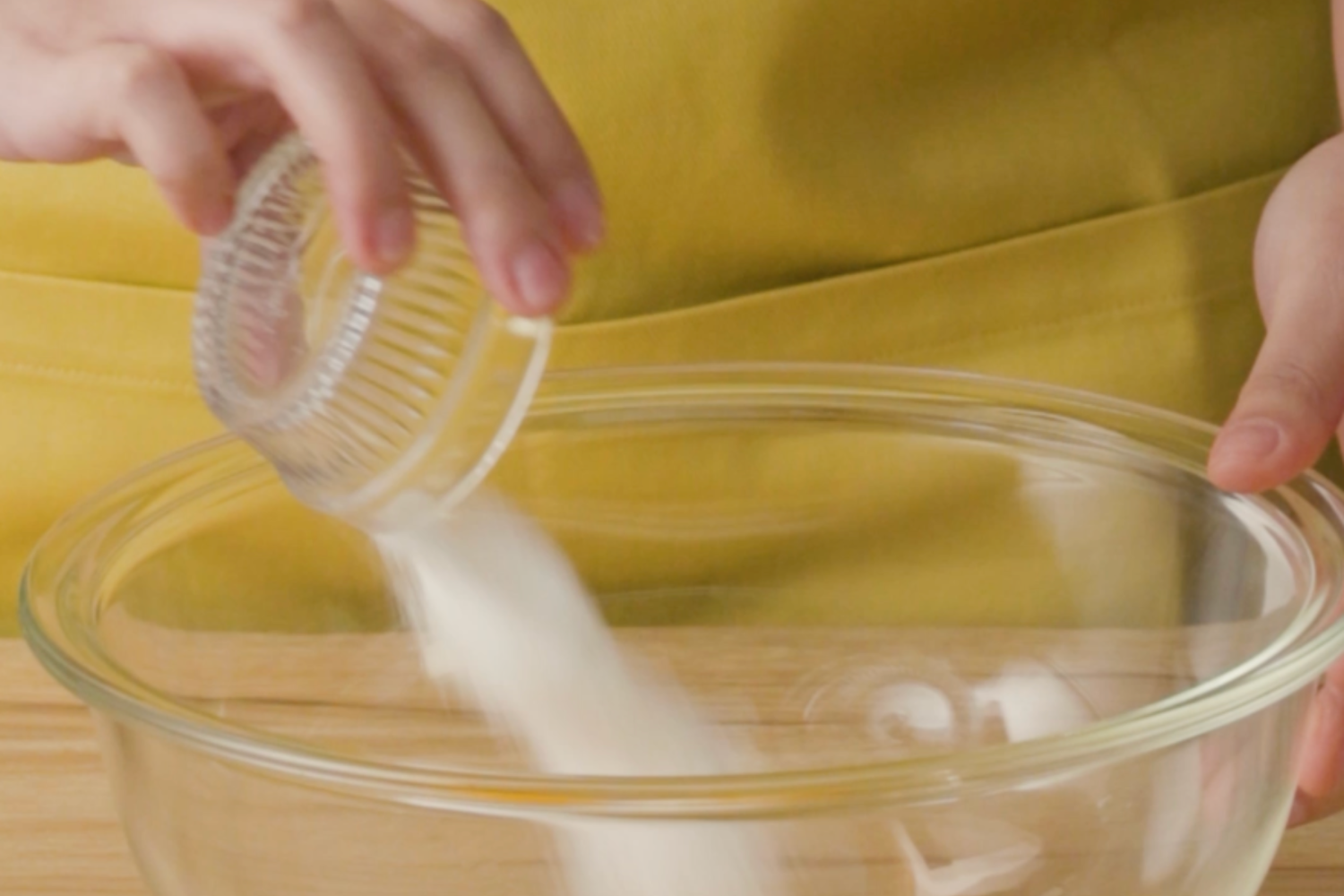Starting your home bakery? Make sure you do proper costing!
Baking is one thing, and baking for business is another. Many bakers have turned their passion into profit, but aside from making sure your product is delicious, it’s important to consider whether it is actually profitable—at a price your target market is willing to pay for. This is where costing comes in.
What exactly is costing?
Recipe costing is the process of calculating the individual and total ingredient costs required to produce a certain recipe yield. It may include other variable costs such as packaging, supplies, utilities, labor, and more. Proper costing guides and precedes decision-making in pricing and margin-setting, helping you ensure your product’s profitability and feasibility.
To begin costing your recipe, do the following:
1. Write your recipe in grams.
I know, I know. This is a pain in the butt for those used to baking in cups and spoons. However, converting your recipe to grams not only ensures consistency in your products; it is also the most accurate way to know how much you’re actually spending to produce your baked goods. Ingredients are sold by the gram or milliliter anyway, not in cups!
2. Record your receipts.
How much did you actually pay for your ingredients? Are there other suppliers that offer the same ingredients at a better price? Keep your receipts, track the prices, and keep an eye out for any increase. In 2020 I bought a pack of butter for just about Php 92, but today the same product goes for Php 111 (even higher in other groceries!). If I cost the same way I did back then, would I still make a profit? Possibly, but not in a way that would be sustainable.
3. Factor in your packaging.
Aside from ingredient costs, there are other direct costs that should be factored into your basic costing. Do you use parchment paper in baking your pandesal? How much did you pay for the cupcake box used in your packaging? If a recipe needs it, the customer pays for it. Make sure to charge for these as well!
4. Consider your margins.
What do we mean by margins? When it comes to food (or any product, for that matter), there are cost margins, and there are profit margins. ‘Margin’ refers to the proportion of the total price that goes to your cost and profit respectively. In other words, if a product is priced at Php 100, what % is the cost? What % goes to profit? And are these percentages enough to keep your business running?
5. Consider other costs when deciding your price.
Once you’ve calculated your basic recipe costing, consider other costs that should be factored into your price. Overhead costs such as labor, rent, and utilities can be calculated separately in your financial statements, but these should be taken into consideration when setting your prices in the first place. Croissants can take 2-3 days to make, and brioche can be done in 3-4 hours. Though the ingredients are similar, the difference in labor, technical know-how, and equipment used should tell you which one should have better margins.
Have you done your recipe costing? How was the experience, and what did you learn about your products?
I made a basic recipe costing tutorial below, but if you need a ready-to-use sheet—you can avail my Simplified Recipe Costing Template here.
It’s helped tons of bakers with their businesses, and I hope it helps you out, too! By making a purchase, your support allows me to keep developing recipes, tips, and tutorials for more bakers in the community.
@hellobakeph how to do costing for spanish bread 🍞 want to start your own baking business this 2024? I can help! 🤎 launching more ways to help you grow your dream business soon 🤗 #recipecosting #costing
♬ original sound – hello bake ☻ – anna | hello bake ☻
Got any more baking & business questions? Let me know in the comments below or book a 1:1 consultation today!
How useful was this post?
Users rated this 5 / 5. Rate count: 1
Be the first to rate this.





